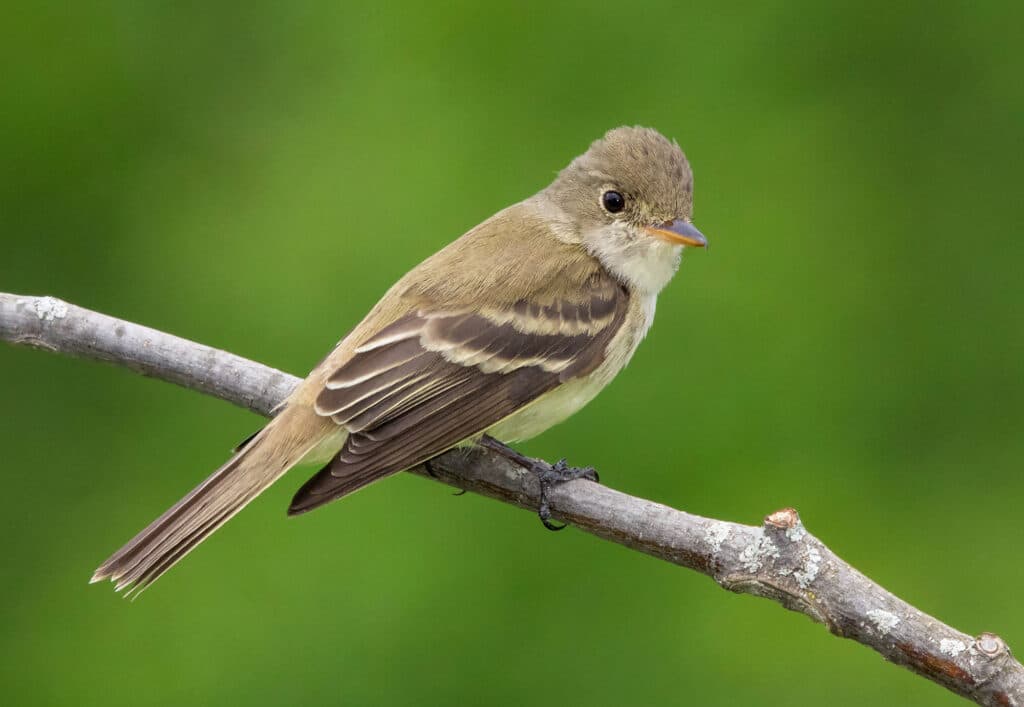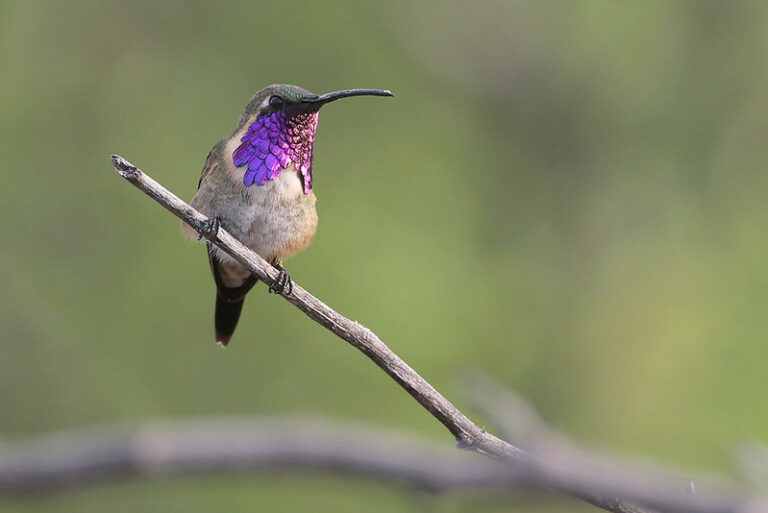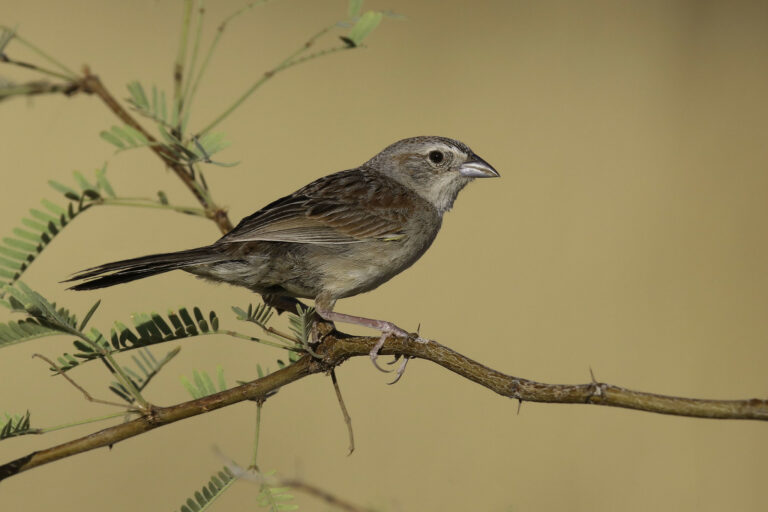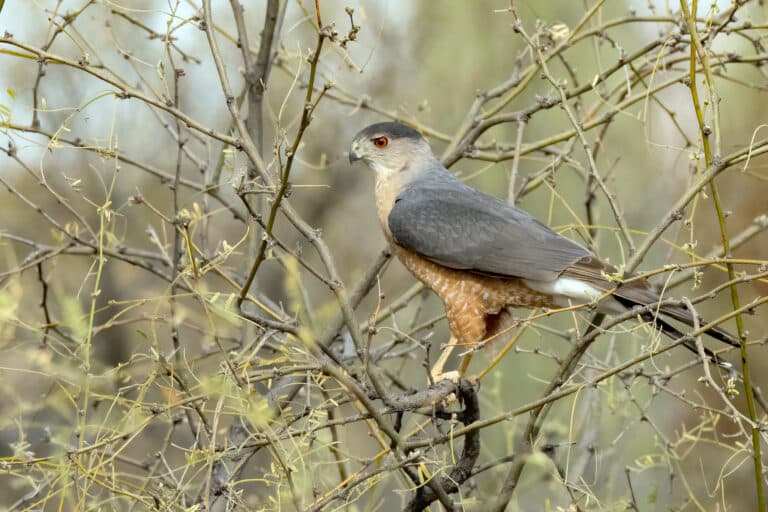If it wasn’t for the Southwestern Willow Flycatcher, it’s very likely that I would not be in Arizona right now. In 2002, I left California to join a field crew surveying for this federally endangered subspecies in the western end of the Grand Canyon. I spent the summer listening for the buzzy fitz-bew! song of this Empidonax flycatcher—a song that never came due to the deteriorating habitat caused by the continually dropping Colorado River water level—and eventually fell in love with the desert and its unique birds.
Although the Willow Flycatcher is common across the US, the Southwestern birds found in southern California, Arizona, western New Mexico, southwest Utah, and southern Nevada are threatened by cowbird nest parasitism and the loss and alteration of the riparian habitat they rely on. The subspecies was listed as endangered in 1995 and the total population in Arizona could be only about 200 pairs. Tucson Bird Alliance is currently involved in surveying Southwestern Willow Flycatchers at two National Park Service locations in New Mexico: Carlsbad Caverns National Park and Pecos National Historical Park.
The Willow Flycatcher is closely related to and virtually indistinguishable from the Alder Flycatcher—the two were formerly known as the Traill’s Flycatcher until they were split as separate species in 1973. Like most Empidonax flycatchers, these species are difficult to identify in the field; your clues here are a whitish throat, a large and wide bill for an empid, entirely dull yellow-orange lower mandible, buffy wing-bars, and an indistinct or absent whitish eye-ring.
Willow Flycatchers are among the last flycatchers to migrate, arriving from southern Mexico and northern South America in late spring. In Arizona, the short breeding season is over by early July as young fledge about two weeks after hatching. Find Southwestern Willow Flycatchers in any riparian area and especially along major rivers and creeks such as the Santa Cruz, San Pedro, and Sonoita and Cienega Creeks. Late August is a particularly good time as birds from the northern US join our local birds before heading south for winter.
Image by Tyler Pockette




